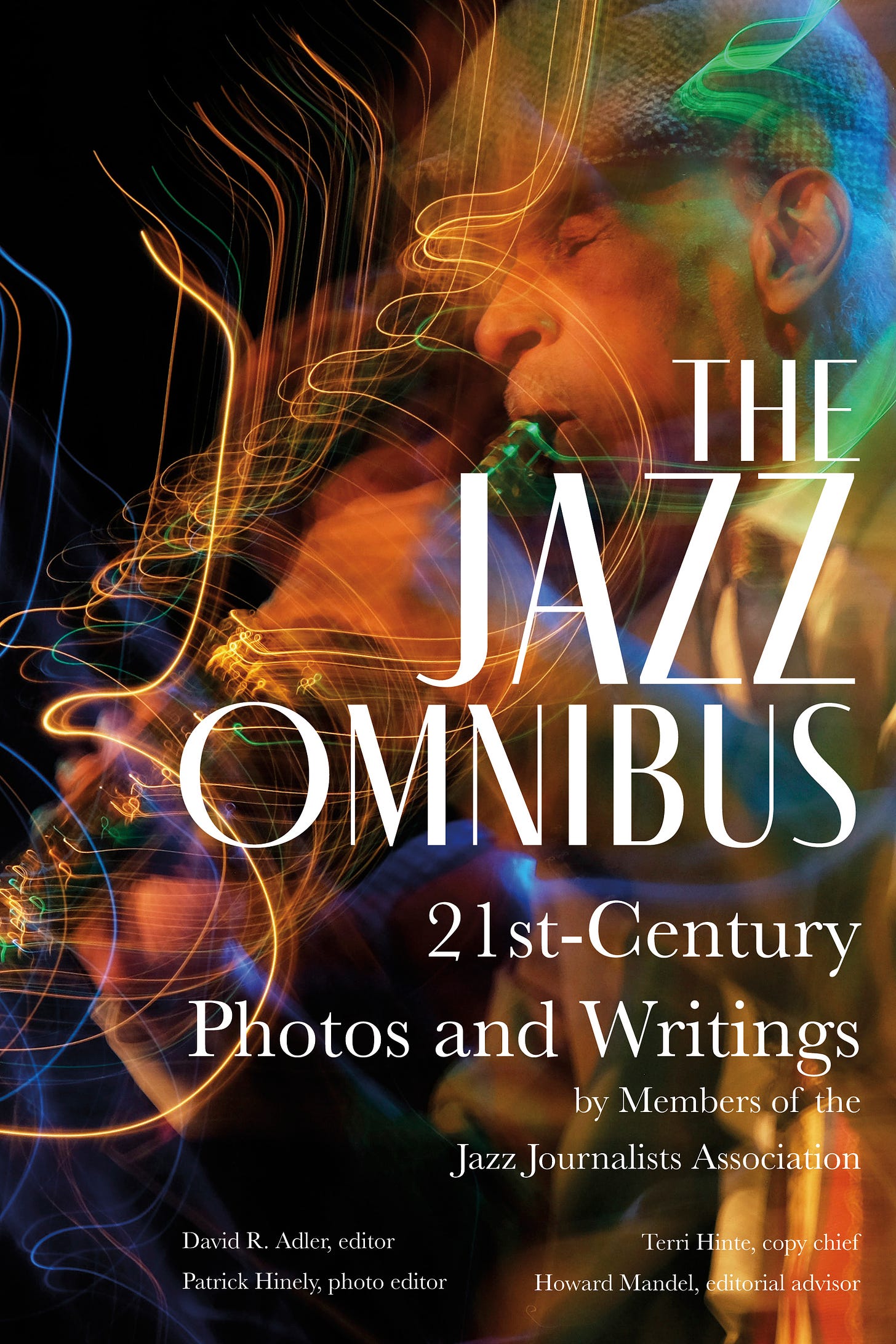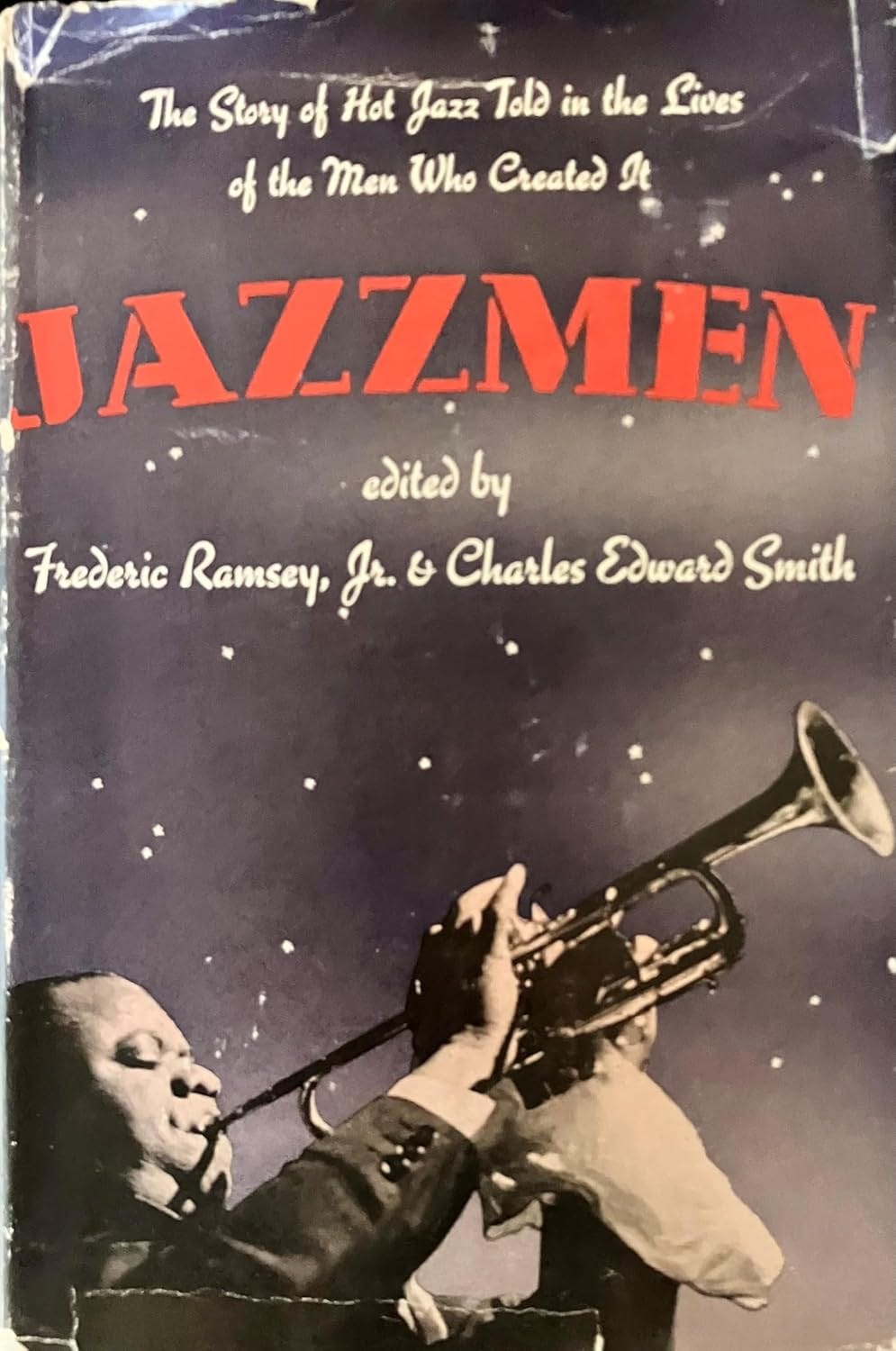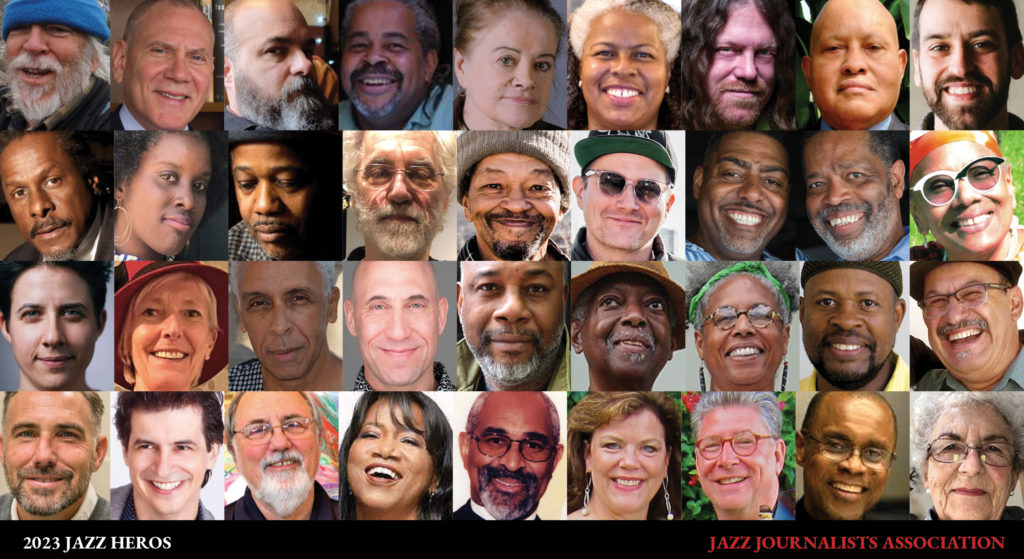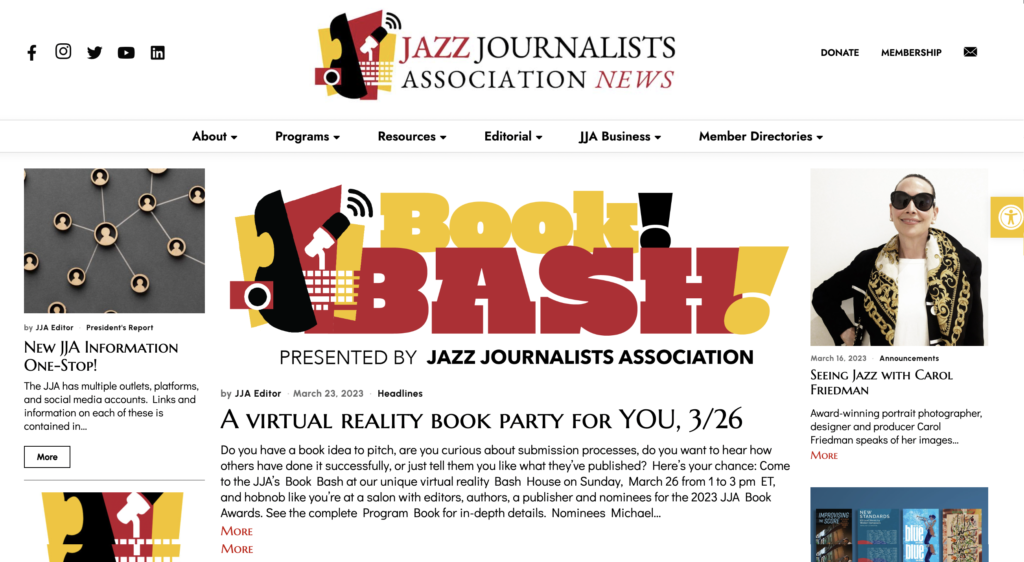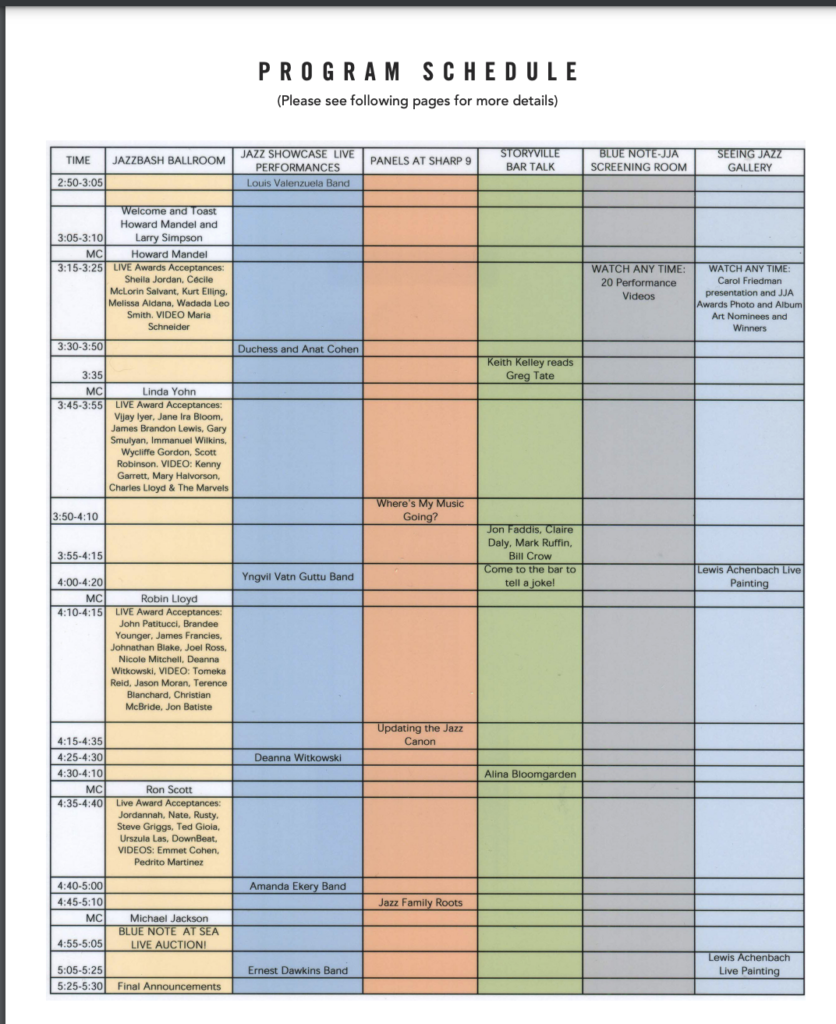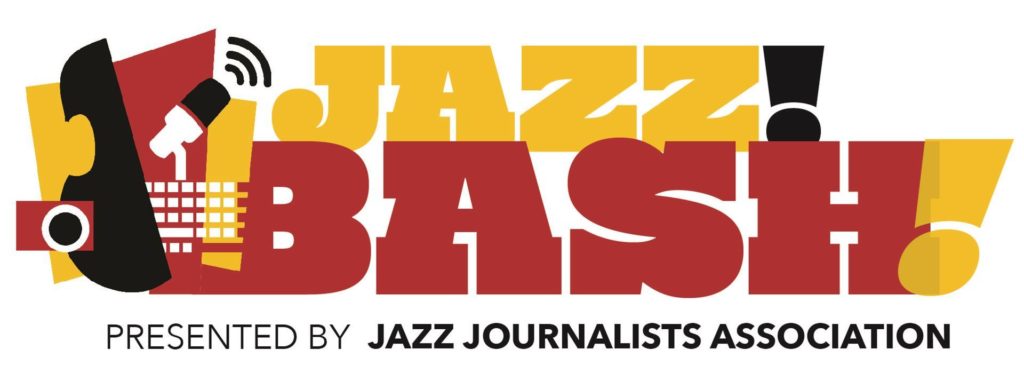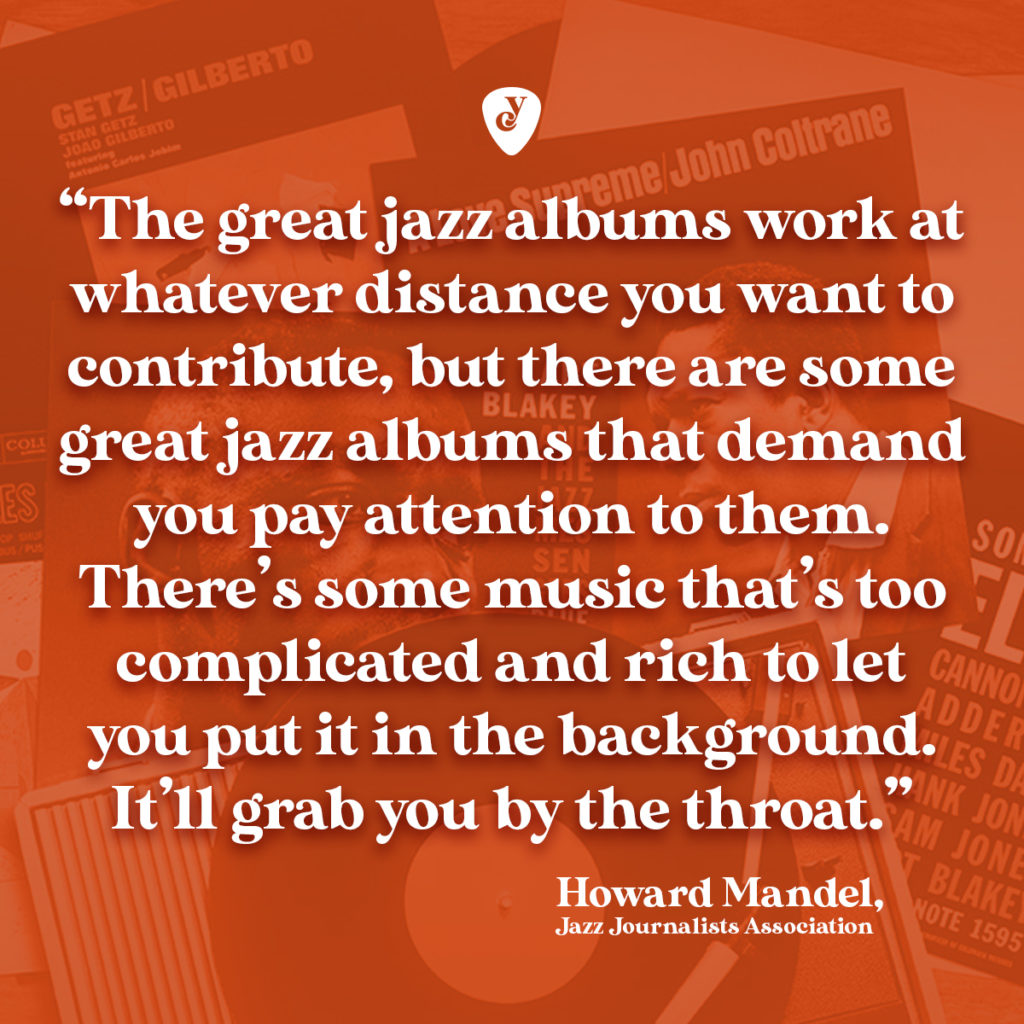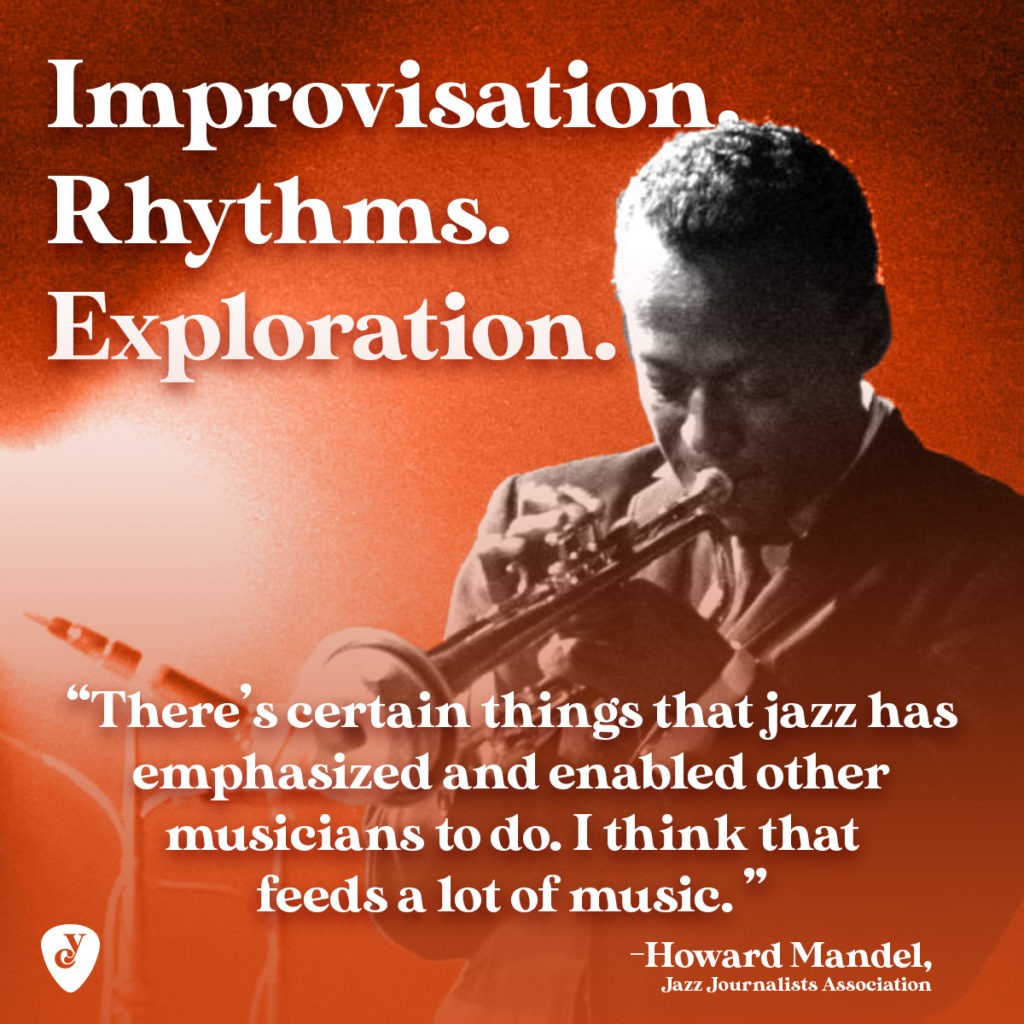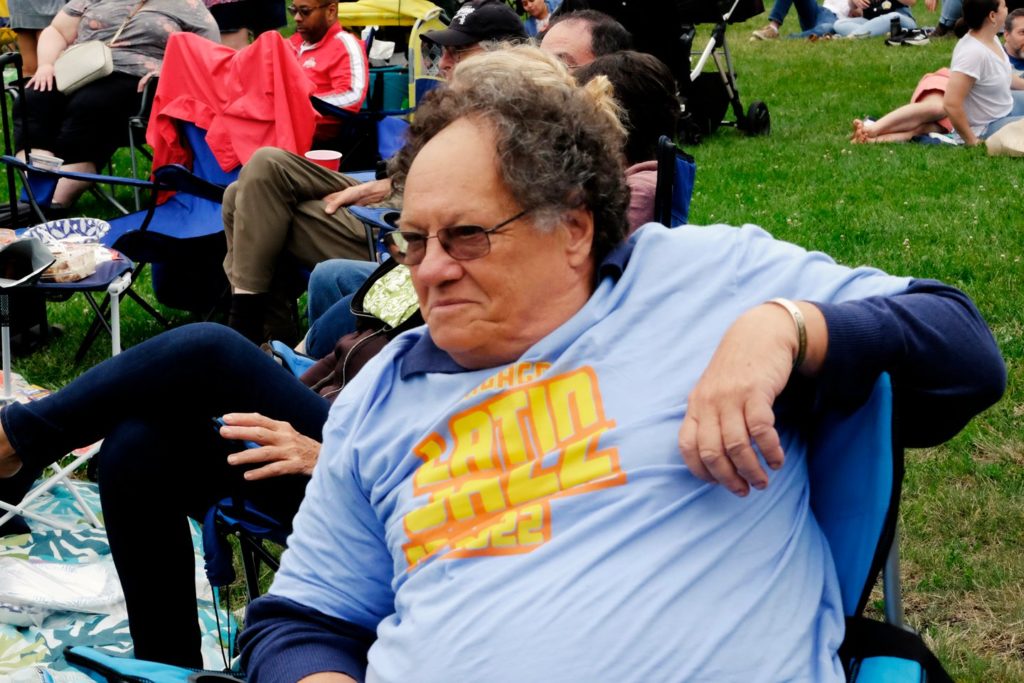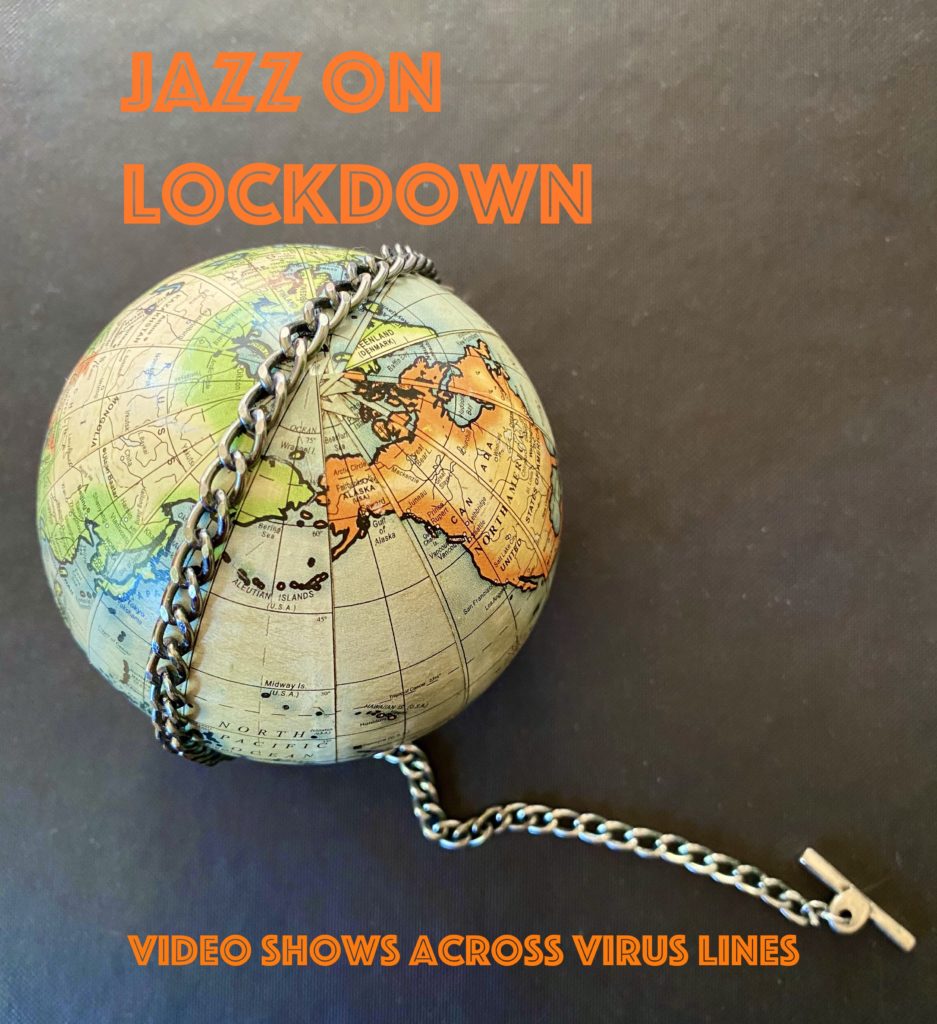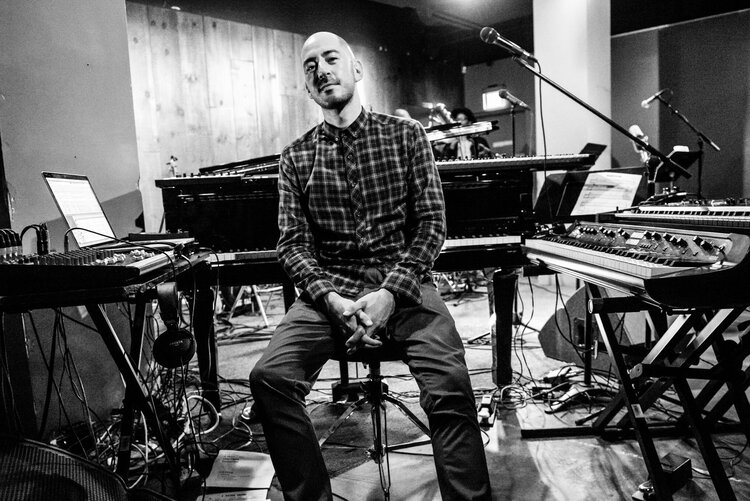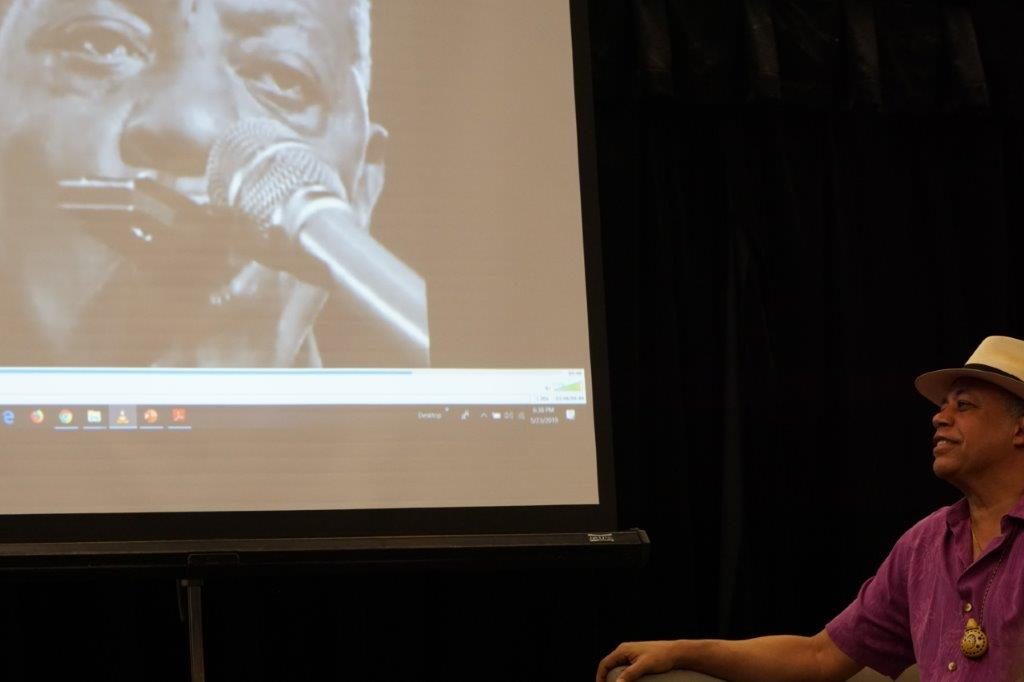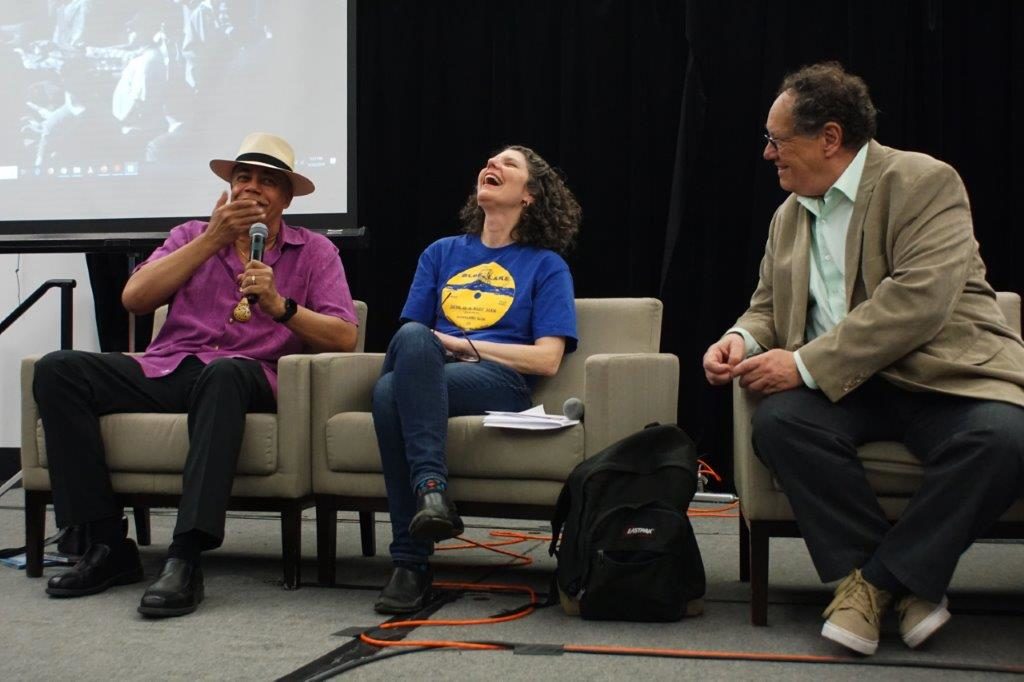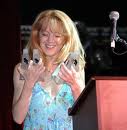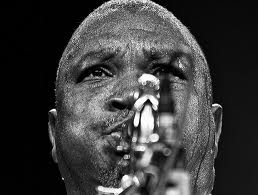Twenty-five years ago the Jazz Journalists Association began to identify and celebrate activists, advocates, altruists, aiders and abettors of jazz as members of an “A Team,” soon renamed “Jazz Heroes.” Today the JJA announced its 2025 slate of these Heroes, 29 people across North America who put extraordinary efforts into sustaining and expanding jazz in its various forms.
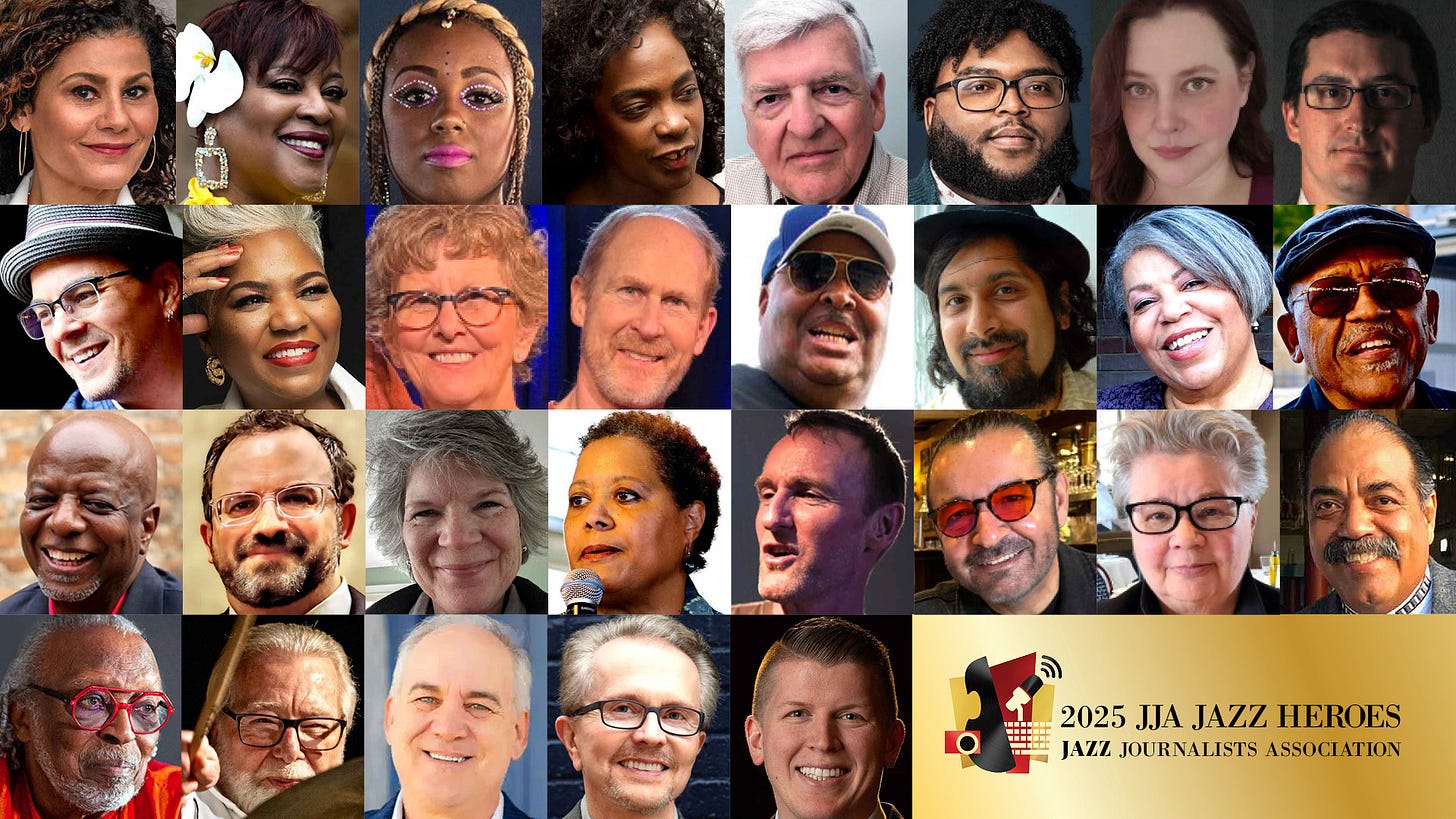
So who are they? Musicians who double or triple as educators, presenters and support-group organizers. Festival producers from Tucson to Northampton, from the San Diego-Tijuana Borderland to Guelph, Ontario. The writer and scholar who founded Jazz Appreciation Month, the Jazz Foundation of America’s Executive Director and the woman whose persistence has paid off in greater opportunities and visibility for other women as players and stars. See them all JJAJazzAwards.org/2025-jazz-heroes.
This year’s Jazz Heroes include:
· Bobby Bradford, Los Angeles brassman who at age 90 continues to perform and lecture despite losing his home in the Altadena fires;
· Julián Plascencia, co-founder of the San Diego-Tijuana International Jazz Festival;
· John Edward Hasse, biographer of Duke Ellington, Wall Street Journal contributor, and Emeritus Curator of Music at the Smithsonian Institution in Washington, D.C., where 30 years ago he initiated April across the globe as Jazz Appreciation Month;
· Joe Petrucelli of the Jazz Foundation of America, who’s partnered with the Mellon Foundation on the new Jazz Legacy Fellowships for lifetime achievements;
· Ellen Seeling, now based in the Bay Area, whose steadfast playing — she broke the Latin Jazz gender biases — and advocacy for women won establishment of blind auditions for the Jazz at Lincoln Center Orchestra, and ever more recognition that women can and do play jazz — well!
Trumpeters abound this year: Besides Bradford and Seeling, there’s Gregory Davis of the Dirty Dozens Brass Band, booker of the New Orleans Jazz & Heritage Festival contemporary jazz stage, and Mark Rapp, whose ColaJazz non-profit has amped up the scene in Columbia, South Carolina. But rhythm rules: Drummer-percussionist Jazz Heroes include Alan Jones of Seattle, Kenny Horst of Minneapolis-St. Paul, Clare Church (also a saxophonist, vocalist and partner in a Denver metro venue with her husband, Pete Lewis), David Rivera of San Juan, Puerto Rico and washboard enthusiast Jerry Gordon of New York’s Capital District.
Vocalists Karla Harris (Atlanta), Pamela Hart (Austin) and Kim Tucker (Philadelphia) do a lot more than simply — but beautifully — sing. Stephanie Matthews (Columbus, Ohio) has adapted STEM (Science, Technology, Engineering, Mathematics) into STEAM — adding “A” for “Arts.” Brinae Ali of Baltimore turns tap-dancing into a multi-dimensional modern form. John Foster is invaluable to operations of the Jazz Institute of Chicago. Robert Radford has raised significant funds for Seattle jazz spheres. Amber Rogers and Daniel Bruce started a Cleveland jazz fest from scratch. And so on. The personality-profiles posted with portraits of each of the JJA’s 29 Jazz Heroes detail how they’ve distinguished themselves by leaning in to what jazz can do to inspire creativity, promote fellow-feeling and enhance life.
Others are:
· Sheila Anderson, the Hang Queen of WBGO-FM
· Ruth Griggs, Northampton Jazz Festival
· Ajay Heble, International Institute for Critical Studies in Improvisation
· Khris Dodge, Tucson Jazz Festival
· Ralphe Armstrong, Detroit-boosting bassist
· Wes Lowe, beloved West Palm Beach jazz teacher)
The JJA — an independent nonprofit with 250 international members, currently — believes Jazz Heroes are essential to the health of the overall jazz ecosystem, and supports local efforts to celebrate them. The organization — an independent non-profit promoting the interests of writers, photographers, broadcaster and other media workers covering jazz — will produce an online Heroes event, April 17th, and local presentations of Jazz Hero certificates. Details aren’t set yet, but will be found soon at JJAJazzAwards and JJANews.
Every music genre — indeed, every art form — survives due to the efforts of people like these Heroes, working behind the scenes, often for little financial reward, because they love what they do for the art they advance. Just like the artists themselves.

